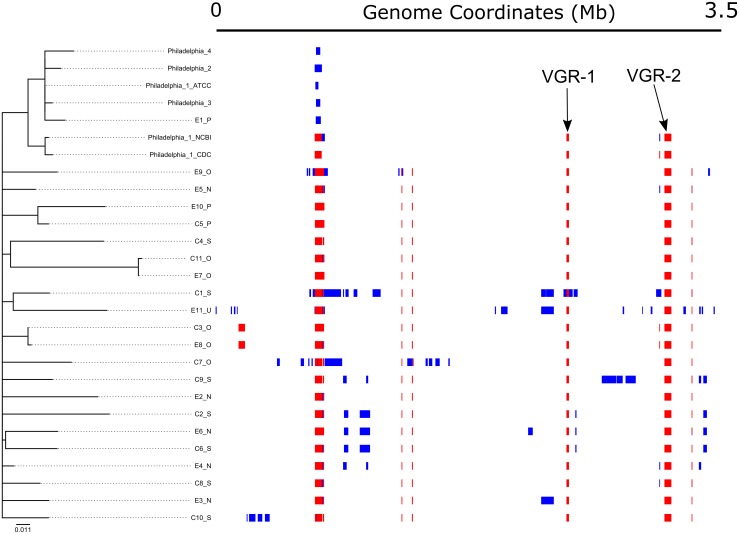Fig 7. Gubbins-based recombinational analysis and phylogenetic tree reconstruction.
Regions of elevated SNP density, representing potential horizontal gene transfer events, were identified by the Gubbins algorithm and software package, masked in the original multiple sequence alignment, and then core SNPs were identified with kSNP v3, as detailed in the Methods. The maximum-likelihood tree shown was constructed using RAxML v8 and 307 core, non-recombinant SNPs with 1000 bootstrappings. Red blocks represent regions of elevated SNP density conserved in multiple strains and blue blocks represent elevated SNP density only found in a single strain. L. pneumophila str. Philadelphia-4 was used as the reference/outgroup, and VGR-1 and -2 are labeled. Gubbins was run with default parameters. A Gubbins-generated tree with 480 non-recombining SNPs also exhibited similar topology.

